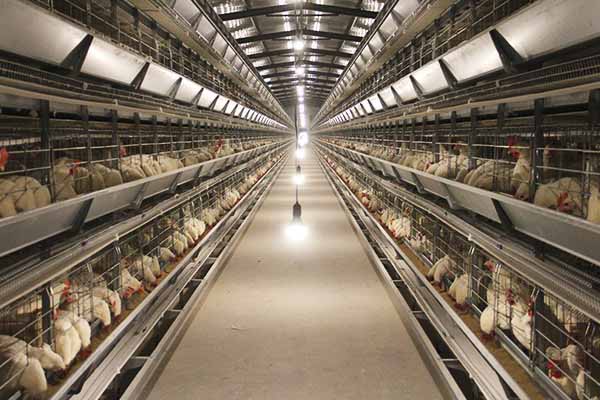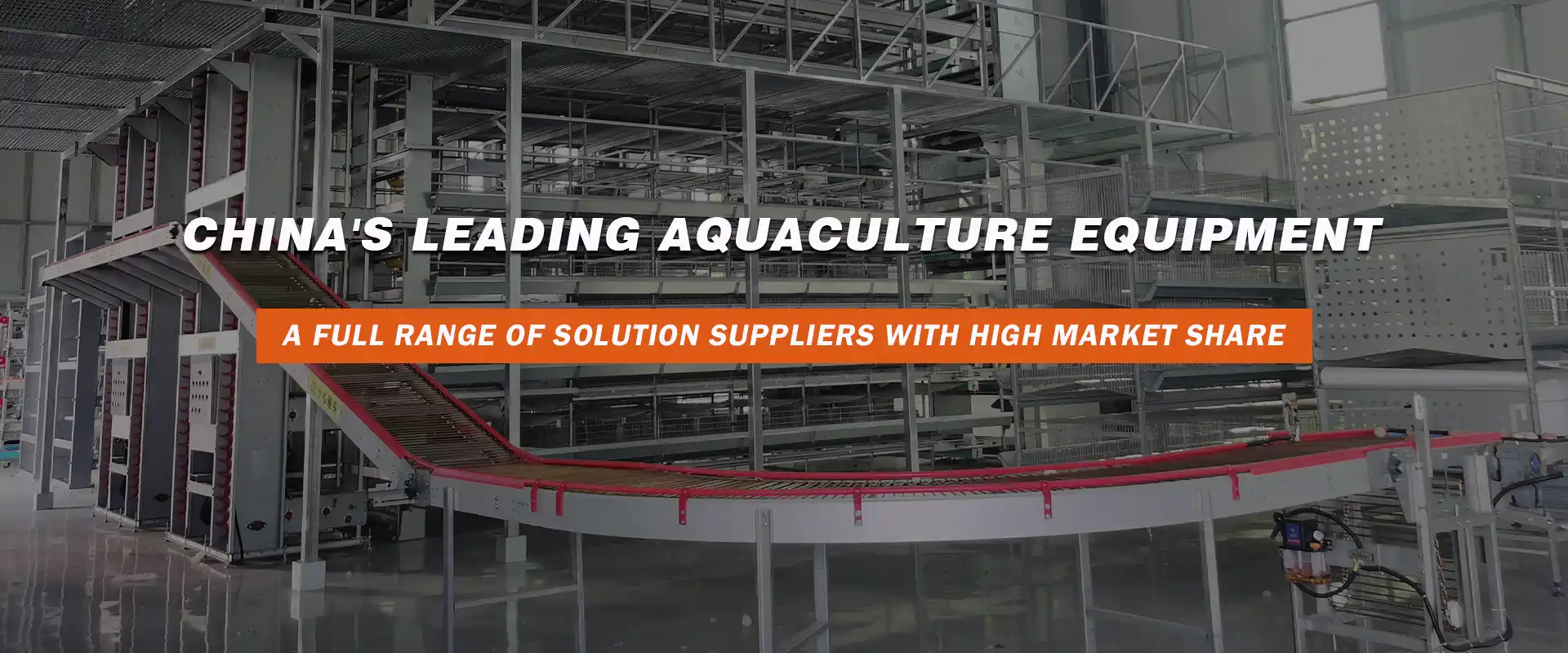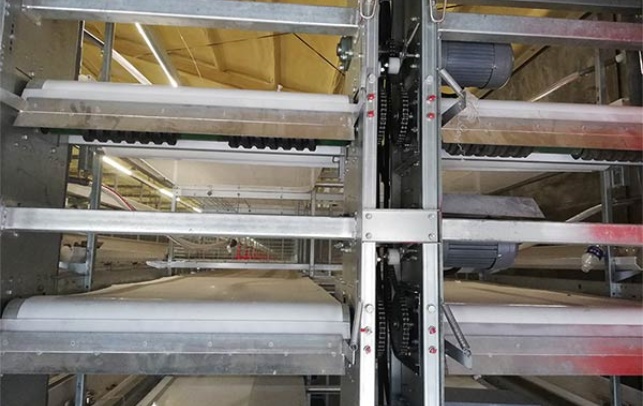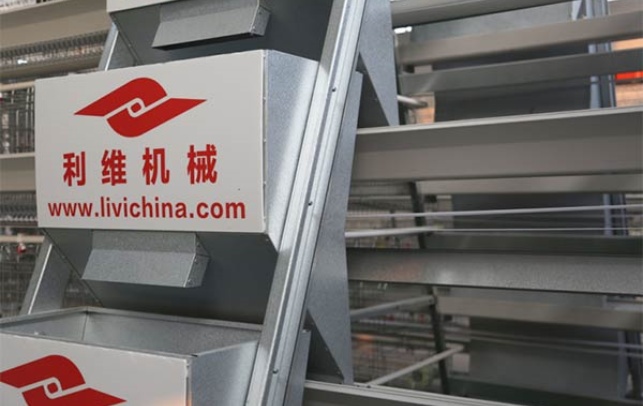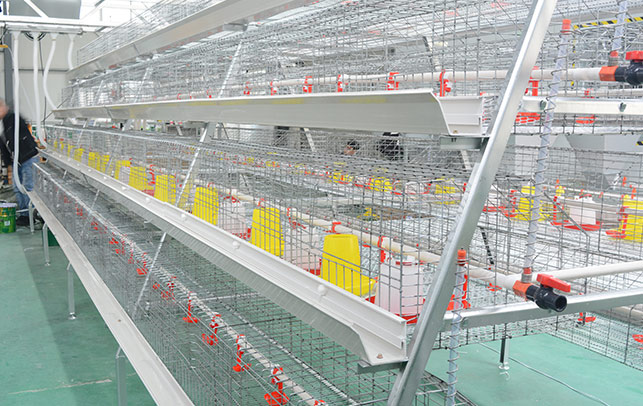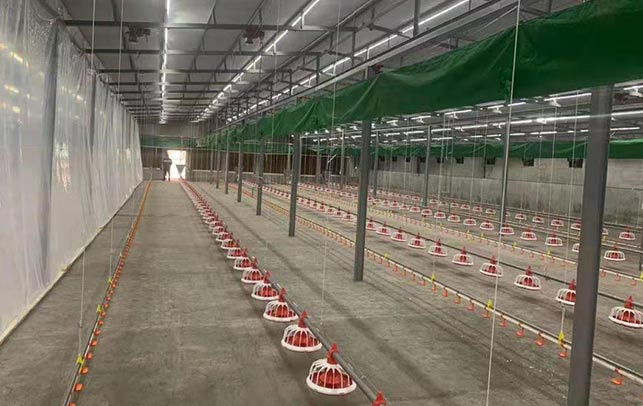Broiler Eco-Cage System: Transforming Factory Practices
Time : 2025-04-17
When it comes to raising broilers, the eco-cage system has been making waves in the farming industry. This innovative approach is revolutionizing factory practices and bringing about a more sustainable and ethical way of farming. Let’s dive into the details of this fascinating system and explore how it’s transforming the broiler farming industry.
Understanding the Broiler Eco-Cage System
The broiler eco-cage system is a revolutionary farming method that provides a more comfortable and natural environment for broilers (young chickens raised for meat). Instead of the traditional crowded conditions in battery cages, the eco-cage system allows broilers to move around freely and express their natural behaviors.
These eco-cages are designed to resemble the natural habitat of broilers, offering more space and a better quality of life. The system is gaining popularity among broiler factories for several reasons, including improved animal welfare, increased productivity, and reduced environmental impact.
Advantages of the Broiler Eco-Cage System
1. Enhanced Animal Welfare
The primary advantage of the eco-cage system is the improvement in animal welfare. By providing broilers with more space and a natural environment, they are able to express their natural behaviors, such as foraging, pecking, and scratching. This not only reduces stress but also contributes to better overall health and well-being.
2. Increased Productivity
Contrary to popular belief, the eco-cage system has been proven to increase productivity. The natural environment encourages broilers to grow faster and have better feed conversion rates. As a result, factories that adopt this system experience higher yields and improved economic returns.
3. Reduced Environmental Impact
The eco-cage system is more environmentally friendly compared to traditional factory farming methods. By reducing the amount of space required for each broiler, the system minimizes the use of resources, such as water and feed. Additionally, the natural environment helps to reduce greenhouse gas emissions and improve soil quality.
Implementation of the Broiler Eco-Cage System in Factories
Implementing the eco-cage system in broiler factories requires careful planning and investment. Here are some key steps to consider:
1. Cage Design
The design of the eco-cages is crucial for their success. The cages should be spacious, with a minimum of 1 square foot per bird. The flooring should be solid and non-slip, while the sides should be high enough to prevent escape but low enough for birds to see and interact with their surroundings.
2. Temperature and Humidity Control
Maintaining the right temperature and humidity levels is essential for the health and well-being of broilers. Factory managers should invest in proper ventilation systems and temperature controls to ensure optimal conditions for the birds.
3. Feeding and Watering Systems
Automated feeding and watering systems are necessary for the efficient operation of the eco-cage system. These systems should be designed to minimize waste and ensure that all birds have access to the resources they need.
4. Monitoring and Maintenance
Regular monitoring and maintenance of the eco-cage system are crucial for its success. Factory managers should establish protocols for checking the health of the birds, cleaning the cages, and addressing any issues that may arise.
Conclusion
The broiler eco-cage system is transforming factory practices in the broiler farming industry. By providing broilers with a more natural and comfortable environment, the system enhances animal welfare, increases productivity, and reduces the environmental impact of broiler farming. As more factories adopt this innovative approach, we can look forward to a more sustainable and ethical future for the broiler industry.
